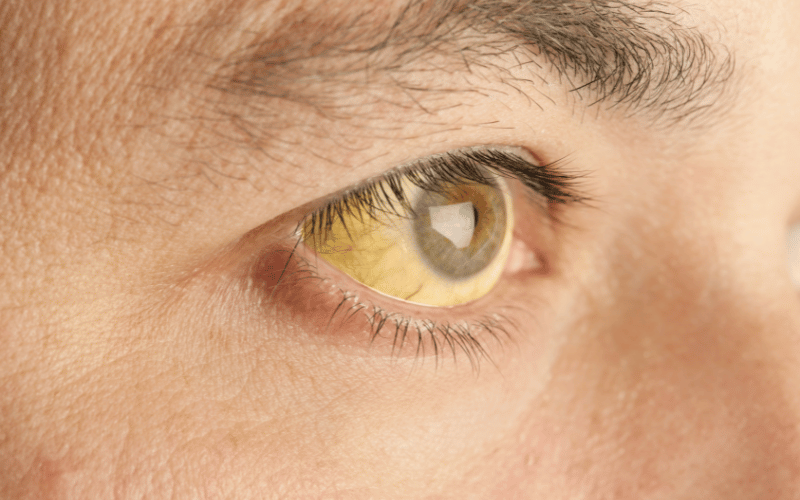Introduction: Decoding the Klatskin Tumor

Klatskin tumors, while uncommon, pose significant health risks to those affected. These tumors develop at the junction where the liver’s two main bile ducts meet, a location making their symptoms distinct from other liver tumors. The liver, being an essential organ, plays a vital role in filtering toxins, producing bile to aid digestion, and performing numerous other crucial tasks. Hence, any obstruction or anomaly, such as a Klatskin tumor, can have systemic implications.
Understanding the symptoms associated with Klatskin tumors can drastically affect early detection and treatment, influencing prognosis and quality of life. But why the focus on early detection? Cancerous tumors, by their nature, can be insidious. They might start off silently, showing no evident symptoms until they reach a critical size or invade other tissues. Early detection allows medical professionals the best chance to address and treat the tumor before it becomes more advanced. It also gives patients a broader array of treatment options.
In this article, we’ll shed light on the top 10 symptoms that may indicate the presence of a Klatskin tumor. While the mere existence of a symptom doesn’t definitively diagnose the condition, knowing what to look out for can be the first step in a journey towards better health.
Symptom 1: Jaundice

Jaundice stands out as a principal marker of Klatskin tumors. When the tumor grows, it can block the bile ducts. This obstruction leads to a buildup of bilirubin, a yellow compound, in the blood. As a consequence, the individual’s skin and the whites of the eyes can adopt a distinctly yellow shade, easily noticeable to the naked eye.
This yellowing is not just a cosmetic concern but points towards an underlying dysfunction in the body’s processing of bile and the removal of waste. The liver and bile ducts play a critical role in this, and when they get obstructed, systemic manifestations like jaundice become evident.
Of course, it’s essential to realize that jaundice can also be a symptom of other liver conditions or diseases. This includes hepatitis, liver cirrhosis, or even other types of bile duct cancers. However, when jaundice appears in conjunction with other symptoms listed here, it substantially increases the likelihood of a Klatskin tumor.(1)